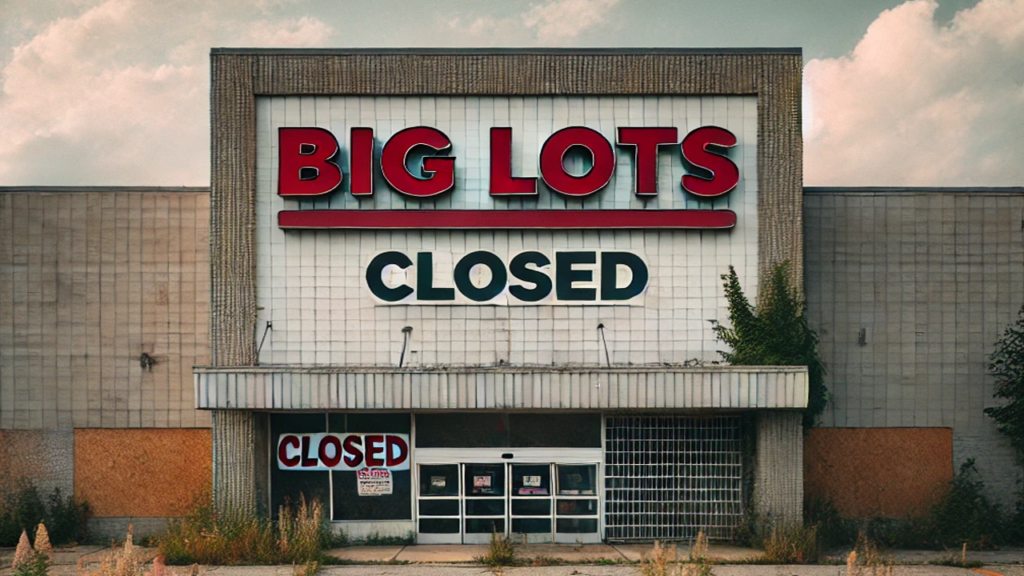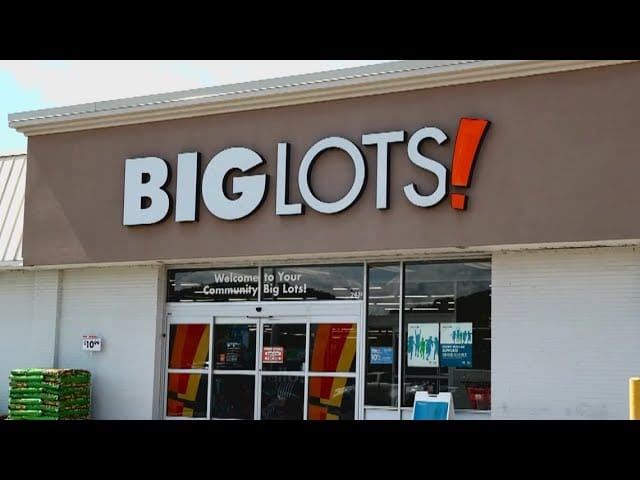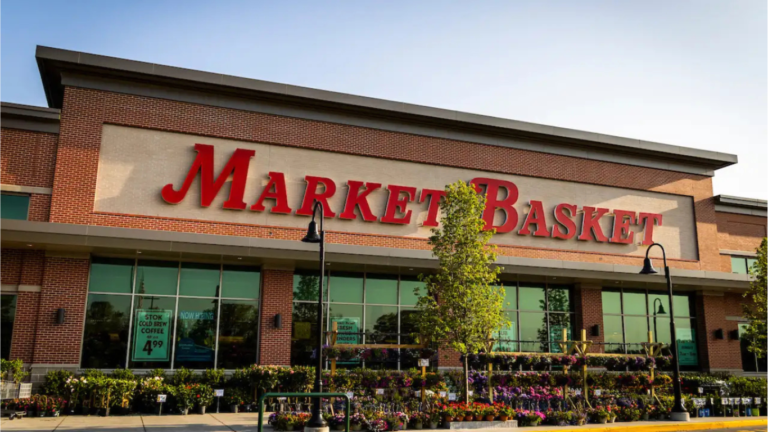Big Lots, a well-known retailer for discounted goods, furniture, and home essentials, has announced the closure of several store closures across North Carolina, South Carolina, and North Dakota. This news has sparked concerns among customers and industry analysts alike, raising questions about the future of the retail chain. In this blog, we will explore the reasons behind these closures, their impact on local economies, and the potential future of Big Lots.
Introduction to Big Lots
However, with the recent store closures, many communities are facing a significant loss of this beloved retailer.Known for its affordable prices and diverse product range, the store closures has been a favorite for bargain hunters. However, like many other retail giants, Big Lots has faced challenges due to shifts in consumer behavior, e-commerce competition, and economic fluctuations.
Big Lots Store Closures: An Overview

The announcement of store closures in North Carolina, South Carolina, and North Dakota has left many wondering about the future of the brand. These closures are part of the company’s strategic restructuring plan to address financial and operational challenges.
North Carolina Store Closures
In North Carolina, several Big Lots locations are preparing to store closures their doors permanently, marking a significant shift in the retail landscape for the state. These store closures are part of a broader strategy by the company to streamline operations and focus on markets that promise higher profitability. While this decision may bolster the company’s overall financial health, it also leaves a void for local communities that have come to rely on Big Lots for affordable household goods, furniture, and seasonal items.
For cities like Charlotte and Raleigh, the impact of the store closures is particularly pronounced. These urban centers have large populations that depend on the convenience and affordability Big Lots provides. With the store closures, residents may face challenges in finding similar retail options that offer the same low prices and variety, which could lead to a shift in shopping habits and potentially increased demand at other discount retailers. The store closures could also affect surrounding neighborhoods economically, as store shutdowns often lead to job losses and reduced foot traffic in local shopping districts.
Beyond the immediate logistical challenges for customers, the store closures highlight broader trends in the retail industry, such as the growing dominance of e-commerce and the pressures of maintaining physical stores in an increasingly competitive market. For many in North Carolina, these changes underscore the importance of adapting to a retail environment that is shifting rapidly toward digital platforms and streamlined, high-performing locations.
South Carolina Store Closures
South Carolina has also been affected, with several Big Lots stores preparing to close their doors. Residents in areas such as Columbia and Charleston have expressed disappointment as the retail chain reduces its presence.
North Dakota Store Closures
North Dakota, with a smaller number of Big Lots locations, is also witnessing closures. For communities relying on these stores for affordable goods, the impact could be significant, especially in rural areas with limited retail options.
Why Are These Closures Happening?
The closures of Big Lots store closures in North Carolina, South Carolina, and North Dakota stem from a variety of interconnected factors, reflecting broader challenges faced by traditional retail chains in today’s rapidly evolving market. At the heart of these decisions is the need for Big Lots to optimize its operations and focus on profitability. With rising operational costs, shifting consumer preferences, and intensifying competition from online retailers, maintaining underperforming locations has become a liability for the company.
Several factors have contributed to the decision to store closures in these states:
- Economic Pressures
The current economic landscape, including inflation and reduced consumer spending, has impacted retail chains like Big Lots. These store closures challenges have led to declining sales and profitability. - E-Commerce Competition
With the rise of e-commerce giants like Amazon and Walmart, traditional brick-and-mortar stores have struggled to compete. Big Lots is no exception, as online shopping continues to dominate the retail sector. - Operational Costs
Maintaining physical stores comes with high costs, including rent, utilities, and staffing. In less profitable markets, these expenses outweigh the benefits, prompting store closures. - Strategic Restructuring
Big Lots is focusing on improving its overall performance by streamlining operations. This includes closing underperforming store closures and investing in stronger markets.
Impact of Closures on Local Communities
Store closures don’t just affect the company they also have a ripple effect on local communities.
Job Losses
Employees at the affected stores face uncertainty as they lose their jobs. For many, Big Lots provided stable employment and career growth opportunities.
Economic Disruption
Local economies will experience disruptions as foot traffic decreases and neighboring businesses lose potential customers.
Reduced Access to Affordable Goods
Big Lots has been a go-to destination for budget-friendly shopping. Store closures will force residents to seek alternatives, which may not always be as affordable or convenient.
What’s Next for Big Lots?
Despite these challenges, Big Lots is not giving up. The company is taking steps to adapt to the changing retail landscape:
- Strengthening E-Commerce Presence
Big Lots is investing heavily in its online shopping platform to compete with digital-first retailers. Customers can now enjoy a seamless shopping experience from the comfort of their homes. - Revamping Store Layouts
The retailer is redesigning existing stores to enhance the shopping experience and attract more customers. - Focusing on Core Markets
By consolidating operations in high-performing areas, Big Lots aims to improve profitability and sustain growth. - Discounted Inventory Sales
As part of the store closures process, Big Lots is offering deep discounts at affected stores. Shoppers can take advantage of clearance sales to stock up on essentials.
How Shoppers Can Adapt to the Closures
Adapting to store closures, such as those of Big Lots, can be a challenging adjustment for shoppers who rely on these retailers for affordable goods and convenient access. However, with a proactive approach, shoppers can find effective ways to manage these changes while still meeting their needs. One of the first steps is to explore alternative shopping options, including nearby competitors, local businesses, or even online retailers that offer similar products. By researching and comparing prices, shoppers can often discover new sources for the items they depend on.
For those who value the in-person shopping experience, it’s worth considering other retail chains in the area that provide comparable services and products. Many store closures also offer loyalty programs, discounts, or incentives that can make the transition smoother.

Additionally, shoppers can take advantage of the growing trend of online shopping, which provides convenience and often a wider selection of goods. Platforms like Amazon, Walmart, or specialty retailers frequently offer delivery and curbside pickup options, making it easier to shop without traveling long distances.
Budget-conscious consumers may also turn to second-hand stores, discount retailers, or community-driven initiatives like local swap groups and thrift shops. These can be excellent resources for securing necessary items at lower costs. For families, planning purchases in advance and stocking up on essentials during sales can help minimize the impact of closures. Leveraging technology, such as price comparison tools and shopping apps, can further enhance the shopping experience, ensuring that buyers find the best deals without sacrificing quality. By staying informed and flexible, shoppers can adapt to closures while continuing to manage their budgets and maintain their lifestyles effectively.
For loyal customers, the closures can be disappointing. Here’s how they can adapt:
- Switch to Online Shopping
Big Lots’ e-commerce platform offers a wide range of products with home delivery options. - Explore Nearby Locations
If possible, customers can visit nearby Big Lots store closures that remain operational. - Take Advantage of Clearance Sales
Before the stores close, shoppers should keep an eye out for discounts and deals on inventory.
The Future of Retail Chains Like Big Lots
The future of retail chains like Big Lots is intertwined with the dynamic and ever-evolving landscape of consumer behavior, technological advancements, and economic pressures. Traditional retailers, including Big Lots, are at a crossroads where they must strike a delicate balance between maintaining a strong physical presence and embracing the digital revolution. As consumer preferences increasingly lean toward convenience, personalization, and speed, retailers must invest in robust online platforms and cutting-edge technology to stay competitive.
For chains like Big Lots, the emphasis will likely shift towards creating hybrid shopping experiences that seamlessly blend in-store closures and online interactions. This includes innovations such as curbside pickup, augmented reality for virtual shopping experiences, and data-driven personalization to anticipate customer needs.

Moreover, retail chains must focus on offering unique value propositions, such as exclusive discounts, loyalty programs, or curated product selections, to differentiate themselves in a crowded market.
Economic pressures will continue to play a role in shaping the future of such chains. Retailers need to adopt agile strategies to respond to fluctuations in consumer spending and supply chain challenges. Investing in sustainable practices, optimizing logistics, and building resilience against economic downturns will be critical to long-term success. Ultimately, the future of Big Lots and similar retailers will depend on their ability to innovate, adapt, and consistently deliver value to their customers in an ever-changing retail environment.
Conclusion
The closure of Big Lots stores closures in North Carolina, South Carolina, and North Dakota marks a significant moment for the retail chain. While the decision is a part of the company’s strategic plan, it highlights the challenges faced by traditional retailers in today’s competitive landscape. For customers and employees, the closures are a reminder of the evolving nature of the retail industry.
Big Lots is taking steps to ensure its survival and growth, focusing on e-commerce and stronger markets. By adapting to these changes, the company hopes to continue serving its loyal customers.
















